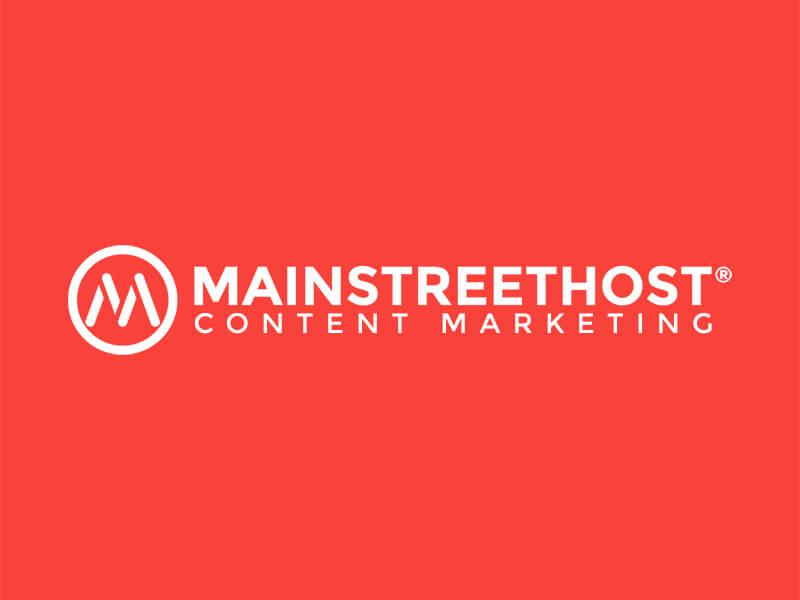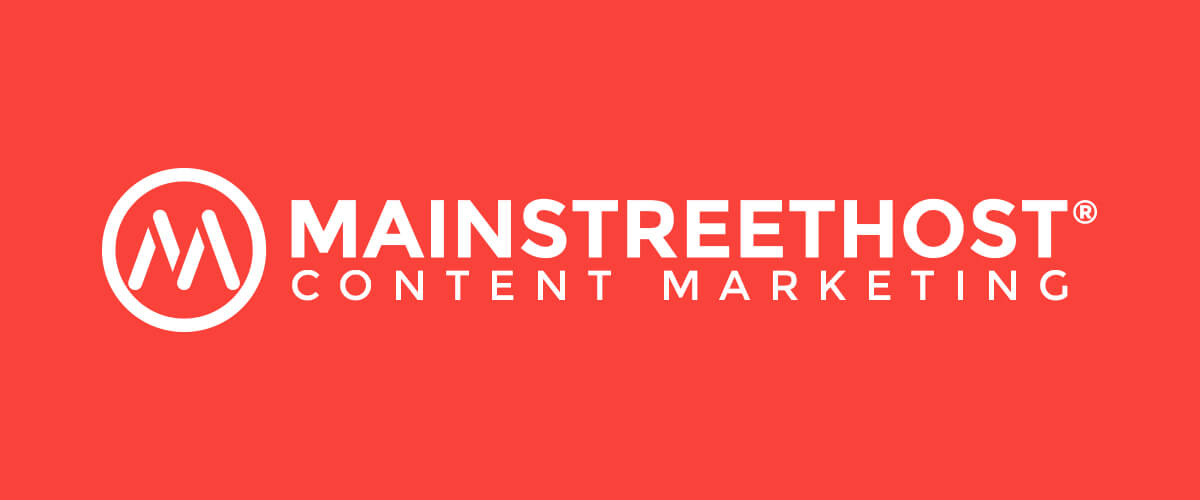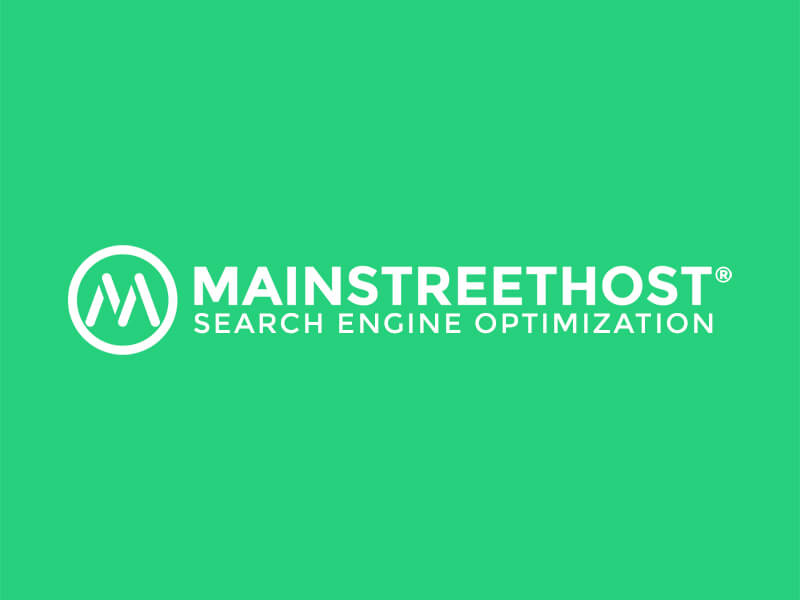To build an influential digital presence, content marketing is an essential piece to the puzzle. It can also be among the most time-consuming elements to a marketing strategy. But creating great content is oftentimes not the issue; it’s what happens after the content is created that we commonly see things go downhill. Too often, marketers have a mentality of “if you build it, they will come,” and that’s simply not the case. The internet is flooded with new content every day, quality content at that, so you can’t just expect people to miraculously stumble upon your work, let alone share it with others.
So how do you effectively promote your content and get it the visibility it deserves? Before you even begin writing or designing, it’s important to first define your audience and determine what digital channels they’re most likely to interact with. Then, plan how you will promote the content on social media, your website, and through paid advertising accordingly. In addition to where these users are spending their time, it’s important to note what times of day they’re most likely to be logged in to maximize the likelihood of exposure.
When it comes to your promotion strategy, be sure to utilize these outlets:
Social Media
This is probably the most obvious resource for content marketers, but it is often the most underutilized. It’s easy to get in the habit of posting content to your website or blog and just sharing links to the content on your social networks. And you should be doing this, but don’t stop at unpaid efforts.
Think about these statistics: Every minute of the day,
- Facebook users share over 684,000 pieces of content,
- Twitter users send over 100,000 tweets, and
- 571 new websites are created.
These are some staggering numbers, which makes it all the more important that you fully utilize your resources to promote your content. “Boost” posts on Facebook, “Sponsor” updates on Twitter, or buy targeted ads. Most platforms allow you to target your posts or advertising to users based on their interests or geographic location so your marketing dollars aren’t wasted. It requires a bit of a financial investment, but a few dollars here and there can be the difference between decent and significant traffic to your website.
SEO
Content creators spend a considerable amount of time writing blog posts, designing infographics, and crafting other types of content that they often forget the importance of SEO. Like your website, your content relies on SEO for increased visibility in search results, so you should utilize the same tactics (like optimizing title tags, meta descriptions, and images) when creating content.
Content marketing is a great way to focus on valuable, but underperforming, keywords and ultimately increase your website’s visibility. Additionally, each new post or graphic gives you an opportunity to associate your website with long-tail keywords that you may not be able to rank for through your website’s current content alone. While long-tail phrases aren’t searched for as often, they answer very specific questions that your audience has and leads you to a more targeted, relevant consumer base.
Try thinking of a new blog post or graphic as a doorway to your business. Without SEO, your audience won’t be able to open the door because they can’t find you; but by employing these tactics, they will easily be able to find, learn, and hopefully purchase from your business.
High-quality links are another important component of SEO that extends to content marketing. Link building can be both simple and complex, which leads to quite a bit of debate on the topic. It ultimately comes down to the creation of high-quality, relevant content that your audience will find and share because of these elements. From there, you’ll likely reap the benefit of inbound links from other websites that have deemed your content helpful and informative.
Link building also involves promoting your content to the right audience by seeking out relevant websites to share your content or expertise on. For example, we partner with HubSpot, an inbound marketing industry leader. By guest blogging on their esteemed marketing blog, Mainstreethost is exposed to an audience that we may not have been reaching before, and by including a relevant offer on our guest posts, it also helps drive new traffic to our site.
An important thing to note, however, is that you cannot approach guest blogging with the sole intention of improving your search rankings. Google will quickly recognize this strategy and consider a “black hat” practice. Your focus should always be on creating high quality content that is relevant to your business and industry, and then exposing that content to the appropriate audience. Do this, and both you and Google will be happy with the finished product.
Email Marketing
Email marketing is a proven asset to a company’s marketing strategy, and it serves as another platform for sharing content. If you have an email subscription list, you’ve already identified an audience that has an interest in what you have to offer, so why not share helpful content with them! If you send out a regular newsletter to customers or prospects, include links to your blog posts or other content in the email.
Featuring social share icons within the piece of content and at the end of the email will encourage additional promotion. Chances are if someone finds a piece of content relevant and helpful, they will be more than willing to take 30 seconds to share it on social media. It’s a simple way of showing their appreciation for valuable insight that didn’t cost them a dime. This is another low-cost way to make your content go the extra mile and reach a larger audience.
Earned Media
Arguably the most important and most difficult type of exposure to obtain is earned media, where publicity is gained from unpaid promotional efforts. This includes social sharing from accounts other than your own, bloggers incorporating your content into their posts, or embedding content within another site and linking back to yours. These outcomes aren’t easy to come by, but when they do, you have to make the most of it by promoting this publicity through paid efforts to increase exposure even more.
For example, if you design an infographic for your blog and an industry blog or expert decides to feature it on their own site, you want people to know about it! It’s a clear indication that you’re a knowledgeable company in the industry, so take every opportunity to build that credibility.
How do you obtain earned media since so much of it is not under your control? It, again, comes down to creating quality content and utilizing the tools in your arsenal to promote it as much as you can. Reaching out to your contacts in the industry, being active on social media, or submitting content to blogs for a guest post can greatly improve your chances of getting unpaid exposure.
Oftentimes, content marketers pay so much attention to what they’re actually creating that they forget about what comes afterward. Developing an integrated strategy across media during the content creation process will save you time in the long run, as well as keep your audience top of mind while you’re writing or designing.
This leads to valuable content that is more narrowly targeted, a more effective promotion strategy, and greater brand awareness in your industry. All of which are likely to help you generate more qualified leads and hopefully turn them into satisfied customers of your business.





